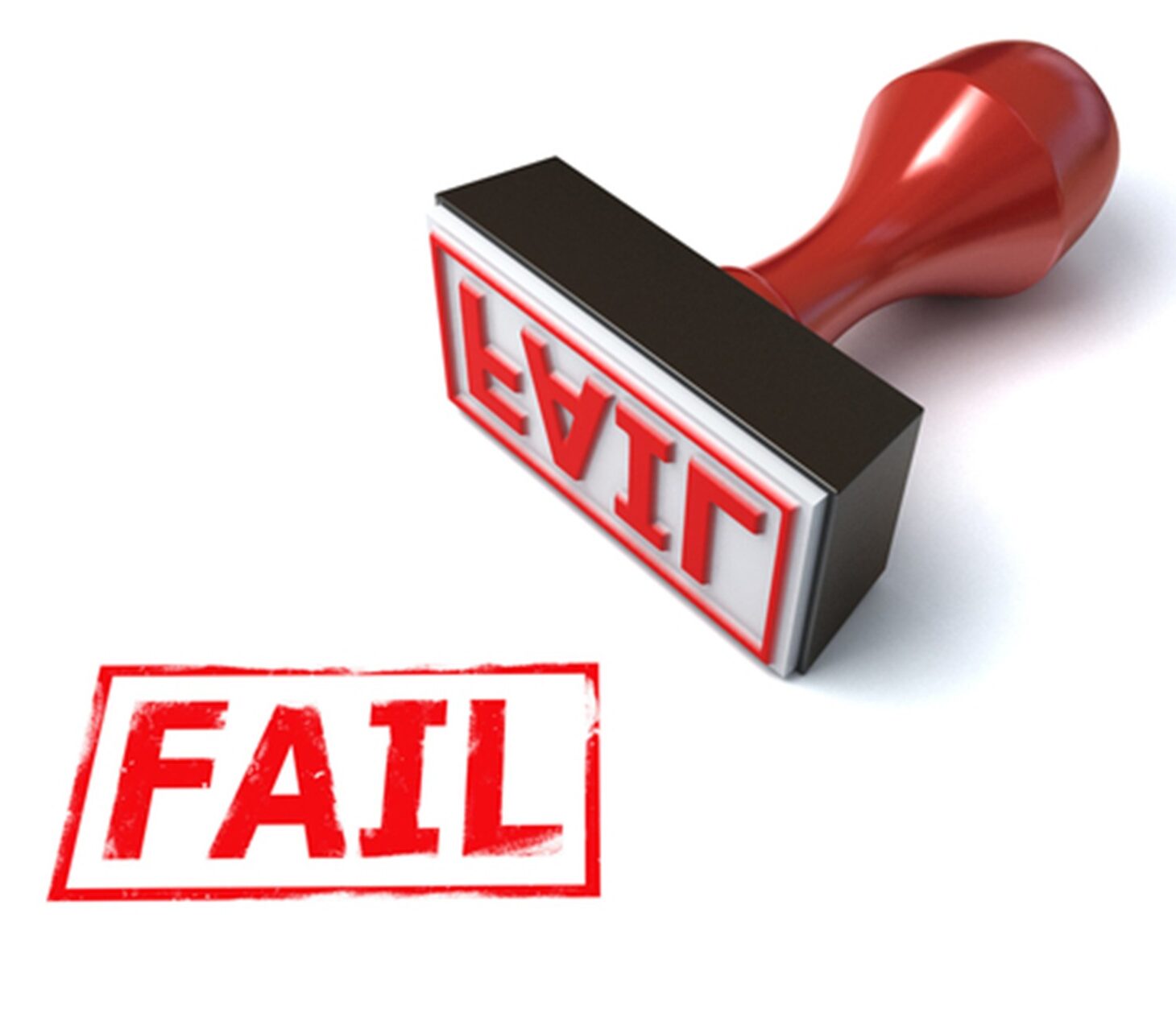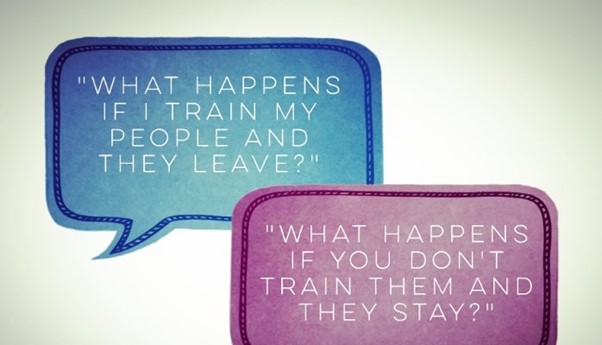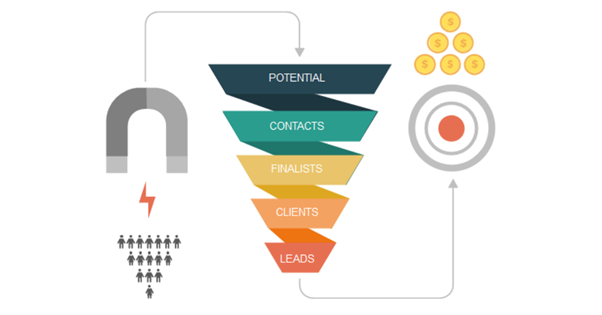
The sales training world can be full of hyped-up promises and cookie-cutter solutions. You’ve probably heard it all before — “10X your results,” “Unlock your team’s hidden potential,” “Close every deal” — but behind all the hype, there’s a lot that sales trainers don’t tell you.
And it’s exactly those untold truths that can make or break your sales team. Today we are pulling back the curtain. If you’re investing in sales training or thinking about it, here’s what you really need to know.
Sales Training Alone Won’t Fix a Broken System
At KONA Training we’ve have seen how many sales trainers roll in to a business, deliver a workshop, throw around some motivation — then disappear.
And guess what? A few weeks later, your team is back to their old, comfortable habits.
Why? Because training isn’t a magic fix.
If your sales process, culture, or leadership alignment is off, no amount of role-playing or objection-handling exercises will create lasting change. Real transformation requires more than some PowerPoint slides — it needs reinforcement, strategy, and accountability.
Not Everyone on Your Team Needs the Same Training
Here’s something most trainers won’t admit: your team is not a one-size-fits-all group. You’ve got top performers, newbies and maybe a few that are struggling.
Yet, some training programs treat everyone like they’re at the same starting line. That’s a fast track to disengagement.
The best sales training programs identify where each individual is at — and meet them there. A salesperson who’s closing big deals but burning out needs something very different than a salesperson who’s still trying to master basic rapport-building.
Mindset Matters More Than Any Script
Yes, we love a good framework. But you know what separates average salespeople from great ones? It’s not just technique — it’s mindset:
- Confidence
- Resilience
- Adaptability
Most sales training programs spend a lot of time on what to say, but very little on how to think.
That’s a problem.
Because your team’s mindset influences every part of the sales conversation — from the first call to the final close.
If you’re not training mindset, you’re leaving performance on the table.

You Can’t Train Culture — But You Can Build It
Sales culture isn’t just about numbers and targets.
It’s about how your team shows up, supports each other, and handles pressure.
Some trainers try to “inject” culture into your team.
But here’s the truth: you can’t train your way into a healthy sales culture. You have to build it — through leadership, communication, and consistency.
That’s why great sales training doesn’t just focus on the team — it includes sales leaders too. Because without leadership buy-in, everything else is just noise.
The Real ROI Isn’t Immediate — and That’s a Good Thing
Sure, we all want quick wins. But the best sales training doesn’t just help you land more deals this month — it transforms the way your team sells for years to come.
The real ROI shows up in:
- Higher retention
- Shorter ramp times
- Better margins, and
- Stronger customer relationships.
If your sales trainer isn’t talking about the long game, they’re doing you a disservice.
So, What Now?
If your current sales training feels like a tick-the-box exercise or you’re still not seeing the results you were promised, maybe it’s time to rethink your approach.
We don’t do generic at KONA Training.
We work closely with your business to design tailored Sales Training that actually sticks — rooted in strategy, built around your people, and focused on real, measurable outcomes.
No hype. Just practical, honest training that gets results.
Learn More About KONA Sales Training Processes
To learn why KONA’s sales training processes are preferred over more traditional sales training methodologies (such as the Miller Heiman sales process) – read the KONA study on KONA’s Hearts & Minds framework versus competitive sales methodologies here.

Ready to build a stronger, smarter sales team?
Contact KONA today and let’s talk about what your team really needs. Call 1300 611 288 or Email info@kona.com.au to get started!
Author – Garret Norris – https://www.linkedin.com/in/garretnorris/










































































































